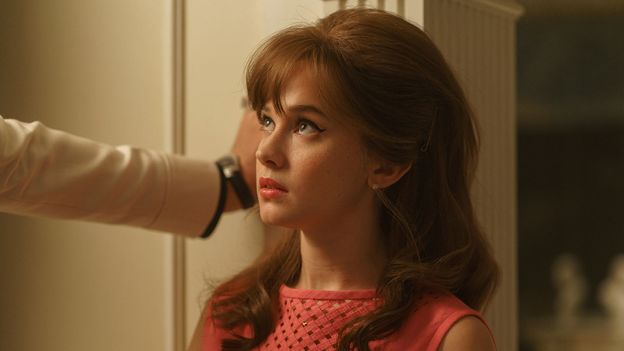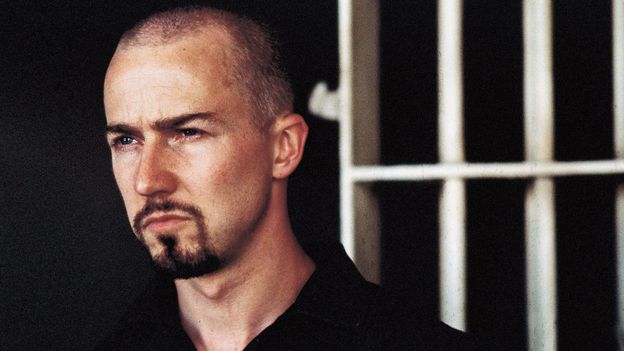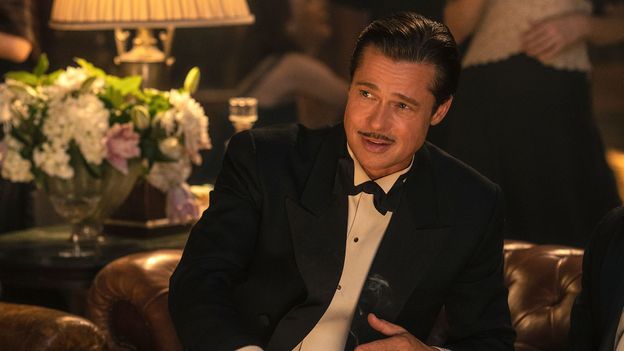The song, the lead single from her third album This is Me… Then, was the creation of Andre Deyo, a songwriter who was inspired by Lopez’s tell-all interview in May of the same year with Oprah Winfrey. “Originally, it was called Jenny from the Bronx,” Deyo tells BBC Culture, “But it was changed in the end. I also wanted to give her a new nickname, like J-Lo [which she had used for the title of her second album], so I wondered if she would like being called Jenny?”
From that video to the insanely catchy flute riff – sampled from Enoch Light’s 1975 disco track Hijack – it was one of the year’s most talked-about songs, and, in the US, spent a total of 16 weeks on the Billboard charts. What also set the track apart from a lot of other big mainstream pop songs was its specificity in showcasing the autobiography of its singer, Lopez, a second-generation immigrant from Puerto Rico, who grew up in the Bronx neighbourhood of New York, which is mentioned 29 times in the song. “People like to support places as well as they like to support people, so I felt there would be a big connection with Jennifer and the Bronx, as it’s the home of hip hop,” explains Deyo of giving the song that geographical emphasis. On Lopez’s part, it also reflected a drive to link back to her heritage that has defined her as a performer since she was young.
Lopez’s rise to what can now be regarded as a global icon has been a long one, but even now, three decades into her career, having sold 80 million records, recorded eight albums and appeared in more than 40 films, she still struggles to receive her dues. That was evident in the recent Netflix documentary, Halftime, which followed her during a busy career period in 2019 and 2020 when she appeared in a critically acclaimed role in the film Hustlers, and performed at the 2020 Super Bowl half-time show. However, at the same time as celebrating both these achievements, it highlighted the pushback she still faces from the industry. Respectively, we see how she fails to receive a much-expected Oscar nomination for Hustlers, and is made to share the Super Bowl stage with another Latina performer, Shakira, a decision about which Lopez doesn’t hold back: “it was the worst idea in the world to have two people do the Super Bowl!” she says on camera. Through a mixture of chance and design, the documentary seems to pose the question: is Lopez Hollywood’s most underestimated star?
Her hard-won rise
From a young age, Lopez has always battled a certain scepticism: she’s talked about how, as a late teen, she was challenged by her parents David and Guadalupe when she decided to drop out of college, having originally envisioned she might be a lawyer, to pursue her dreams of being a performer. But a stint as a backing dancer in the early 1990s for MC Hammer and New Kids on the Block secured her place as one of the Fly Girls, a dance troupe on the TV comedy sketch show, In Living Colour.
From there followed various minor TV roles, before two high-profile forays on to the big screen that were nevertheless flops – action thriller Money Train in 1995, and comedy Jack with Robin Williams a year later. But then in 1997 came the role that arguably made her: starring as the late Selena Quintanilla-Pérez in Selena. Quintanilla-Pérez was a Mexican-US singer who was on track to becoming one of the biggest cross-over Latin American stars in history, before she was shot and killed, aged 23, in 1995 by the president of her fan club, Yolanda Saldívar. When Lopez became Quintanilla-Pérez in the film, she was portraying someone who was an important forebear of hers (despite Quintanilla-Pérez being younger, in fact), which perhaps explains the sheer conviction of a performance that was widely lauded and described as “incandescent” by the LA Times.
Film critic and co-host of BBC Radio 4’s Screenshot Ellen E Jones agrees that alongside making Lopez the first Latina to earn $1 million dollars for a movie, Selena remains one of her defining career moments: “Jennifer’s real superpower is megawatt charisma. That’s the reason you can’t take your eyes off her when she’s on screen. This role was a savvy move because it positioned her on a level with this beloved Latina icon, suggesting that she too was an icon in the making, but it also affirmed her Latinx identity, and won her the loyalty of that significant section of the US and global audience. It highlighted that her charisma is rooted in self-knowledge, self-assurance and linked to her strategic nous.”













